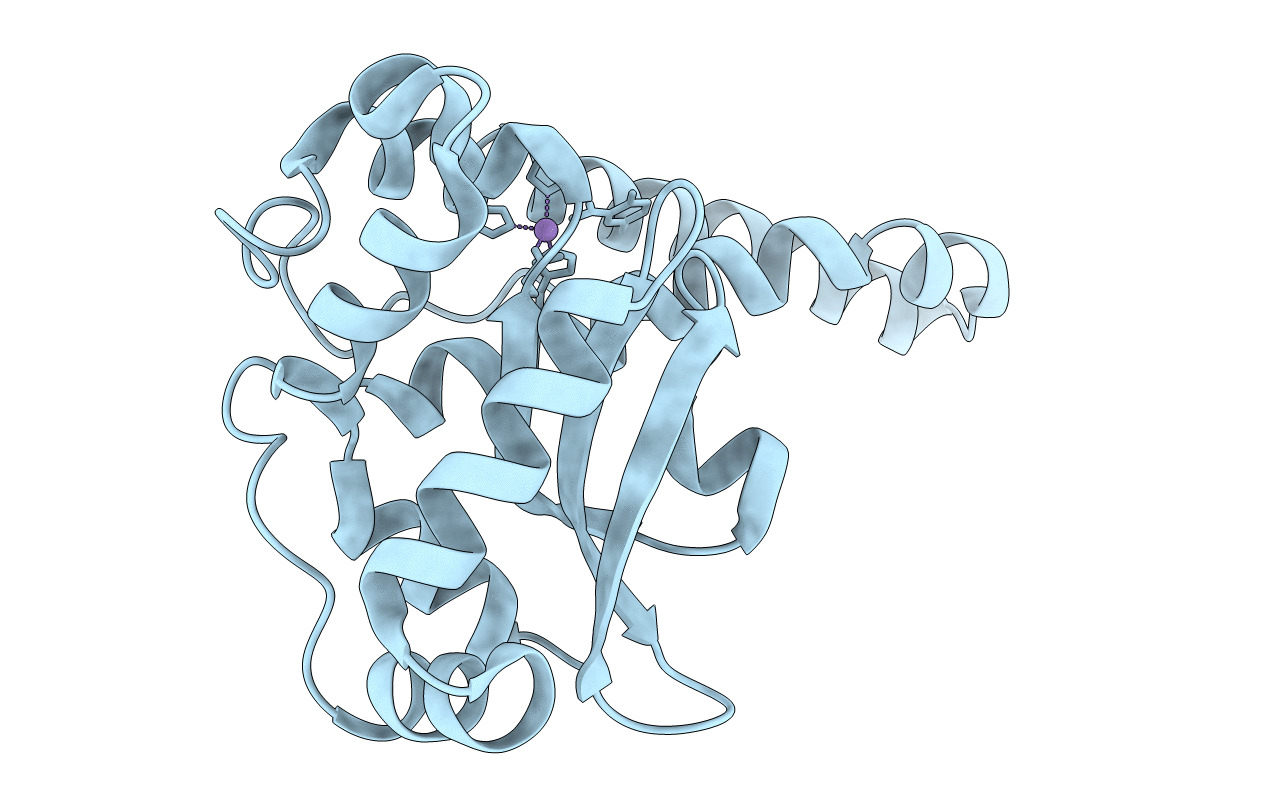
Deposition Date
2005-07-20
Release Date
2006-07-04
Last Version Date
2024-04-03
Method Details:
Experimental Method:
Resolution:
2.40 Å
R-Value Free:
0.21
R-Value Work:
0.19
R-Value Observed:
0.19
Space Group:
P 61 2 2


